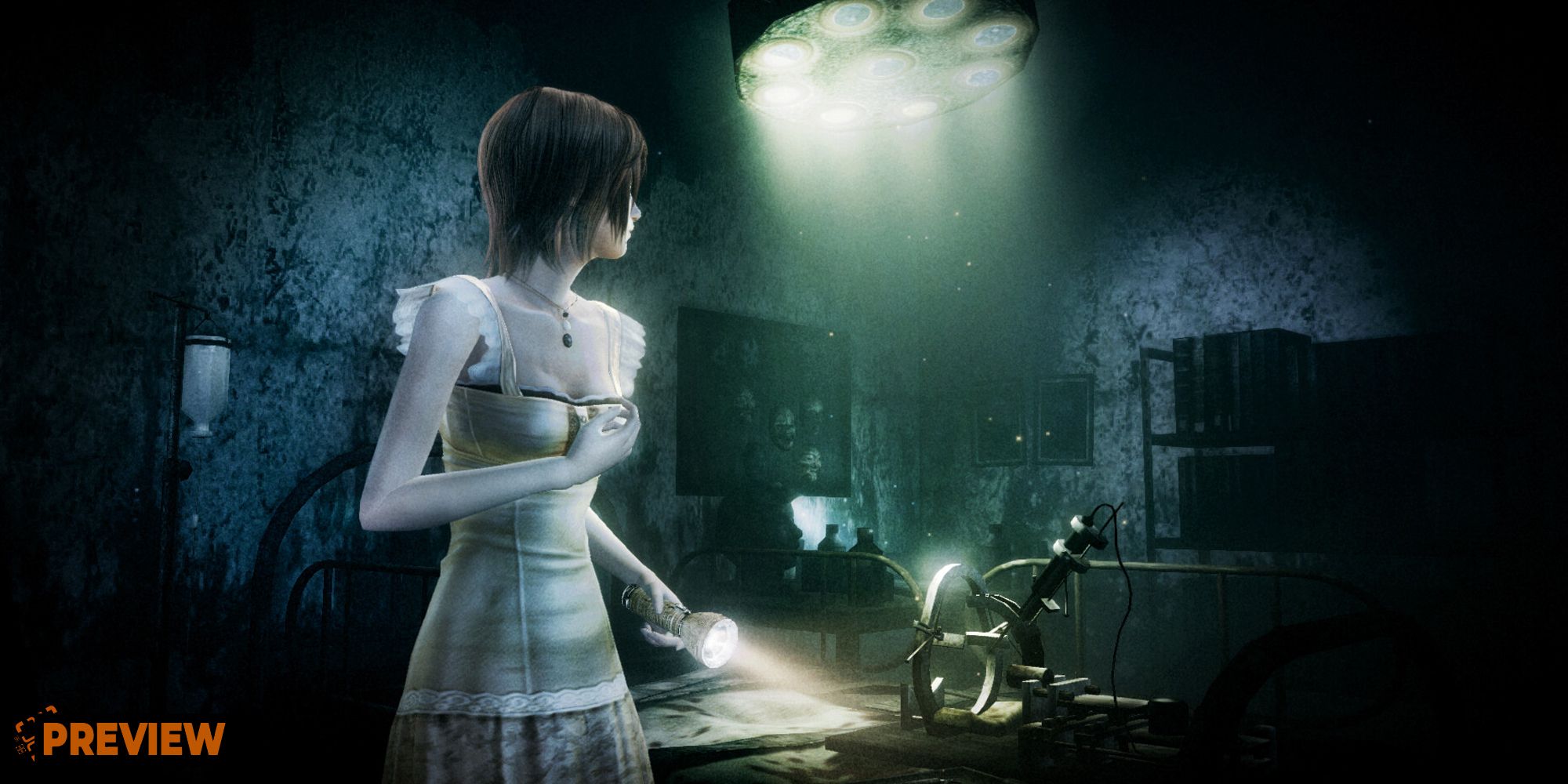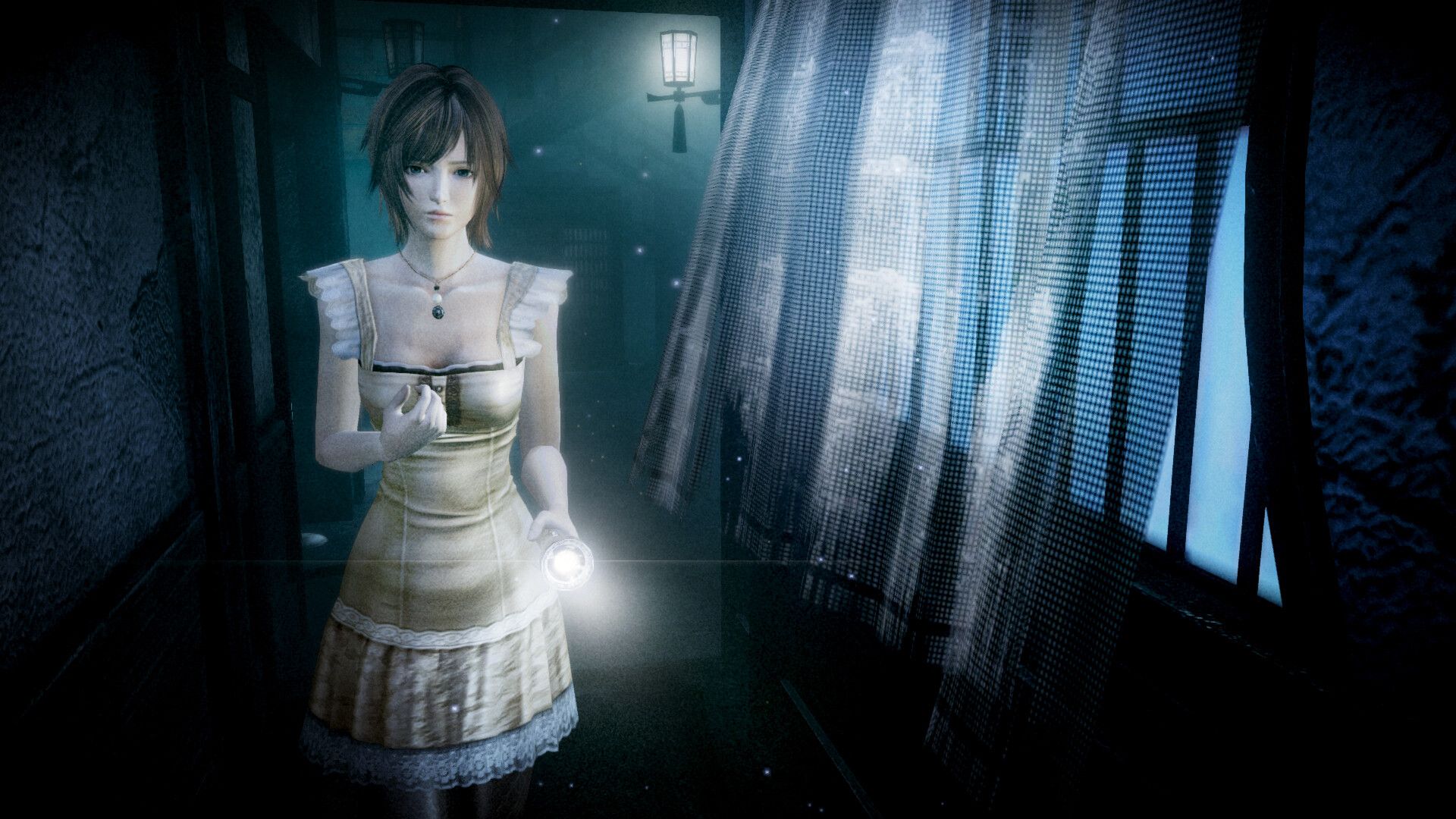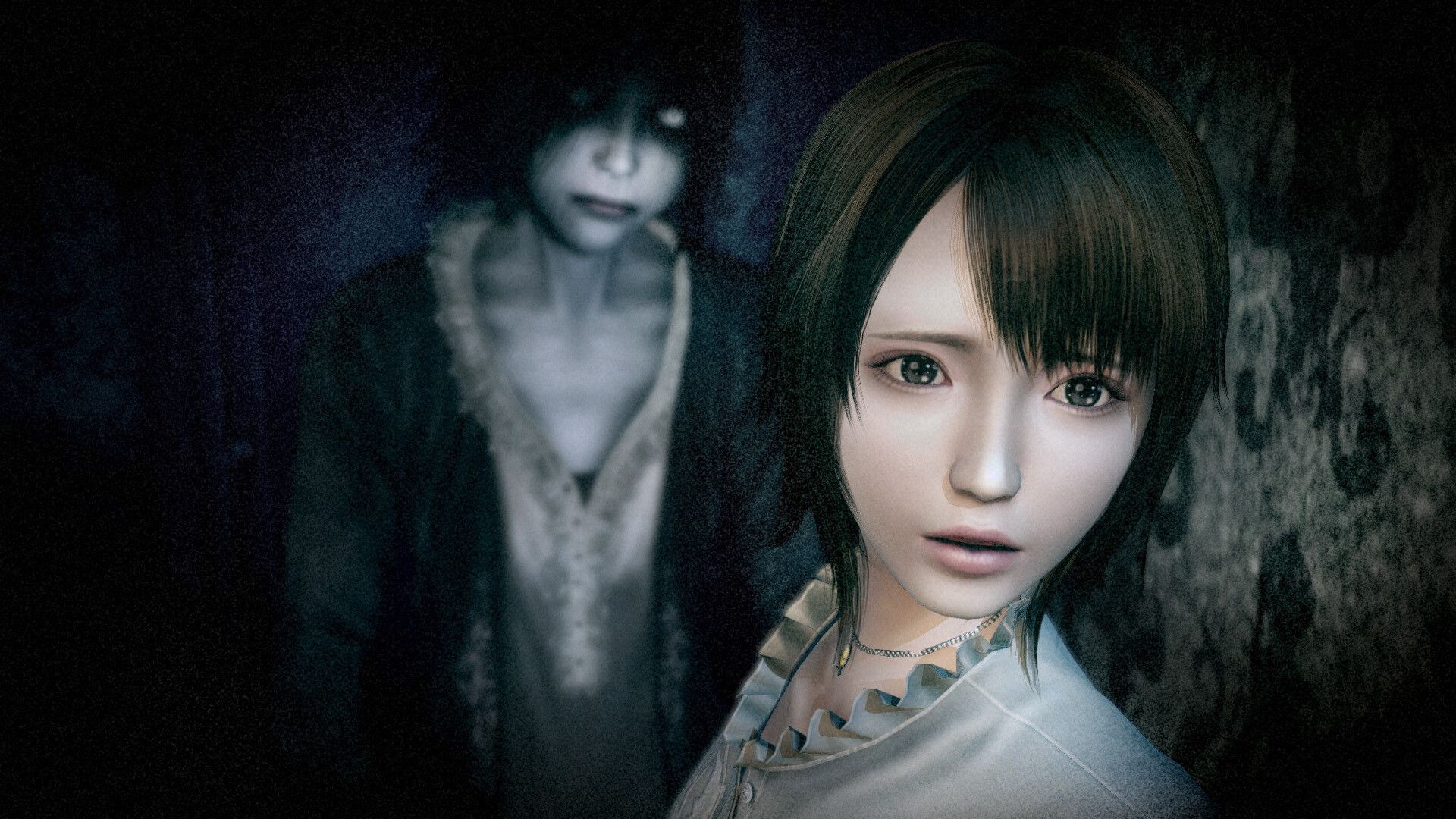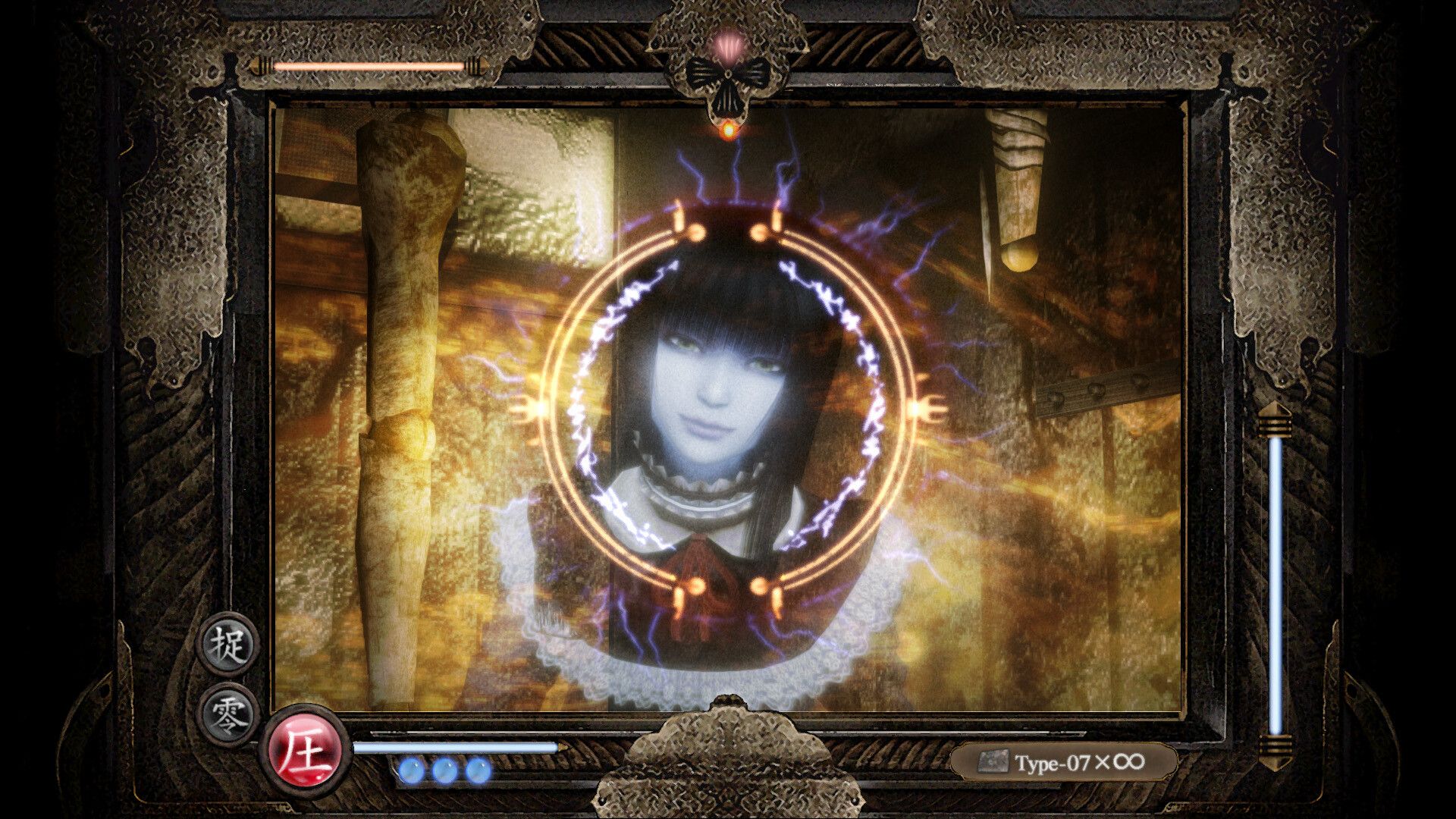I’ve never been to an abandoned sanatorium on a remote island known to be haunted by the remnants of a sacrificial cult before, but if I had, chances are I’d wear more than a skimpy dress and learn to open doors faster than a turtle who took too many sleeping pills. The heroines in Fatal Frame: Mask of the Lunar Eclipse are complete idiots, lacking in a common sense that only the most clichéd horror films are known to possess. But given this is a remake of a Wii exclusive that only ever came out in Japan as the country was experiencing a resurgence in classic horror, I can easily forgive its laughable decisions and lean into the schlock.
I’ve played a preview of the game that spanned its first three chapters, providing a hauntingly comprehensive look at what’s changed, what’s stayed the same, and whether this series has a place in the horror landscape of 2023. From the opening moments it’s deceptively old school, with tank-style movement and hangovers from motion controls that were once novel in their execution, but today come across as archaic. Your flashlight can be used to highlight items in the environment like random notes and puzzle objects, and what was once an anxious scour of each new room is now simply a matter of flinging the camera around until a thing sparkles.
There’s also the adorably spooky process of picking up important objects. Fatal Frame is all about goofy jump scares and pulling you into a false sense of security, so instead of popping key items into your inventory like a normal vulnerable Japanese teenage girl, you reach down and hold a button as your hand slowly reaches under a bed/wardrobe/dead body in the hopes that a ghost doesn’t appear out of nowhere to shit you up. It happens less often than you might think, but the mere possibility that a jump scare awaits was enough to make each new interaction a thrill. It grows old eventually though, and at times I wish there was a way to turn this off and soak in the atmosphere instead of fearing constant spiritual interruptions.
Back in 1970, five girls were kidnapped and held hostage in a cavern beneath the sanatorium, wiping their memories and stealing away their faces. Ten years later, two of the girls die under mysterious circumstances, leading two of the survivors - Misaki Asō and Madoka Tsukimori, who we play as - to confront their past and discover what really went down all those years ago. I bet the fifth girl is behind all of it. Calling it now.
The story is a classic horror setup, layered with just enough intrigue to keep me invested during the three chapters I played. If this were me though, I would have brought a few friends with me and perhaps worn a coat before venturing to a rain-drenched island in the middle of the night whose entire population were killed in an unknown incident eight years ago, but what do I know? Misaki is a grown woman with a wise head on her shoulders, even if she didn’t think to bring a torch. Fortunately, a strange object known as the ‘Camera Obscura’ is all she needs to defend herself and get to the bottom of everything.
Fatal Frame, as the name suggests, largely revolves around using this hulking gadget to take pictures of ghosts and banish them back to the afterlife. It’s basically a gun, albeit one that uses film for ammo and requires a keen artistic flair to operate instead of accuracy. You must switch to a first-person perspective, centre an enemy within the viewfinder, and snap away at just the right moment. Extra damage can be done by waiting for an on-screen metre to fill or taking pictures right as an enemy is about to lunge at you, offering a clear incentive to embrace fear and let ghosts get up close and personal.
Different types of film, perks, and attachments shake things up, suppressing the otherwise mundane process of snapping pics over and over again until a foe goes down. A number of early set pieces also take place in cramped environments, often forcing me to quickly drop the camera and awkwardly shift around tight spaces praying that a spectre didn’t materialise through a bookshelf to ensnare me. It was scary, but the jury is still out on whether this was due to clever writing and encounter design or outdated controls. I haven’t seen enough of the later chapters to tell, but I’m left with a keen feeling of inconsistency.
Exploring the sanatorium and its surrounding grounds is quietly terrifying, as you are only able to move at a snail’s pace while opening doors with minimal urgency. Fatal Frame has always capitalised on the charm of a cute girl trying to survive insurmountable odds, finding purpose in the sexualised femininity of women with no means of escape. You can even put them in cute outfits, removing any and all tension as I skipped about the place in Marie Rose cosplay. A few of the more explicit and outdated examples from previous games have been phased out at least, so no bunny outfits or bikinis in the pouring rain this time around.
Fatal Frame: Mask of the Lunar Eclipse isn’t likely to win over any new fans, opting to jazz up the visuals of a forgotten entry instead of reworking the fundamentals. It still centres on classic Japanese horror, attractive heroines, and a central mechanic that is both ridiculous and unsettling in how it’s presented. Yet from the few hours I’ve played, it works, and makes me wish survival horror had more games that balance intended tones so directly.




